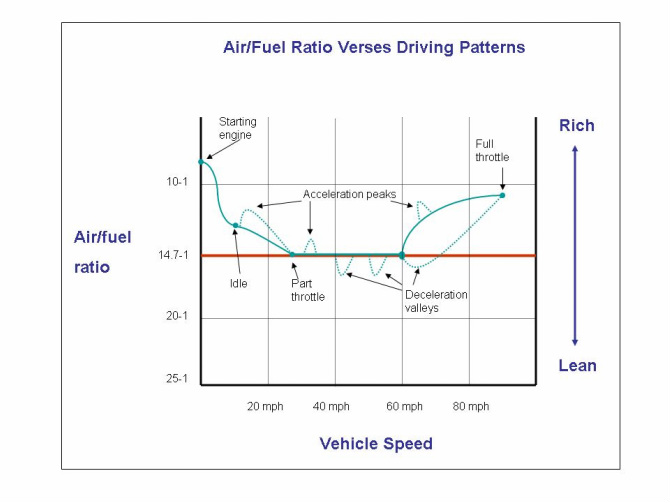Here is my simplified step by step check list;
Super Tenere valve clearance check:
1. Remove all covers.
2. Remove gas tank- first loosen 2 drain hoses from below, 2 bolts on sides, one in rear, unplug gas line leave on throttle body, disconnect electric plugs, green on left.
3. Remove airbox- 2 bolts, 2pin black connector, disconnect hose to valve cover.
4. Remove throttle bodies- remove 4 rubber straps, disconnect all electric plugs, disconnect throttle cables and mark the top one, loosen clamps at neck.
5. Disconnect electrics from crossbar- d/c 2 connectors on the front left.
6. Take loose large wire bundle from frame on right.
7. Loosen stator wires low at back base of cylinders.
8. D/C clutch and brake lines, all 3, from each side and front of frame.
9. Remove lines from triple clamp at back and remove triple clamp.
10. Loosen rear clamp on clutch line at left rear.
11. Remove front motor mount- loosen engine guards on both sides.
12. D/C electric side box- remove 4 bolts.
13. D/C plug wires, remove plug caps, loosen all spark plugs leave in place.
14. Zip tie wires back on right side & 3 brake and clutch lines back to left.
15. Remove clutch cover plug on right side.
16. Remove valve cover- leave gasket in place, watch for spark plug gasket.
17. Measure clearances per manual 3-5.
18. If ok have a beer and reverse process.
Super Tenere valve shim change:
1. Measure and record all clearances- manual 3-5.
2. Remove clutch cover- plan for some oil leak.
3. Move cams to correct position- K at side mark, manual 5-16.
4. Tighten spark a few turns- to prevent shims from falling into the engine
5. Mark cams, chain and bottom sprocket- take photos.
6. Zip tie- IN cam sprocket & chain in 2 spots, EX cam in 1, lower sprocket in1.
7. Remove cam chain tensioner.
8. Remove EX cam cap.
9. Remove IN cam left and middle caps and loosen right side cap but leave attached.
10. Gently lift left side of EX cam, lift the left side of the IN cam slightly and remove valve caps and shims with a magnet. Try not to displace EX cam too much.
11. Measure and replace shims as needed (smaller shims please).
12. Replace cam caps and carefully put the cams back in place. Make sure they have not moved. Torque bolts 10Nm.
13. Reset tensioner- tighten in the vise with rubber on the plunger end. This requires patience, tightening & turning, loosening slightly and turning while tightening slowly. What a pain but it does work. Manual 5-22.
14. Install and release tensioner. Manual 5-22.
15. Check cam chain tensioner guide and confirm it is in place.
16. Check all marks, make sure all are correct, cut and remove zip wraps, loosen spark plugs but leave in place. Turn over motor and check valve clearances per manual 3-5.
17. Reverse process if all good....






